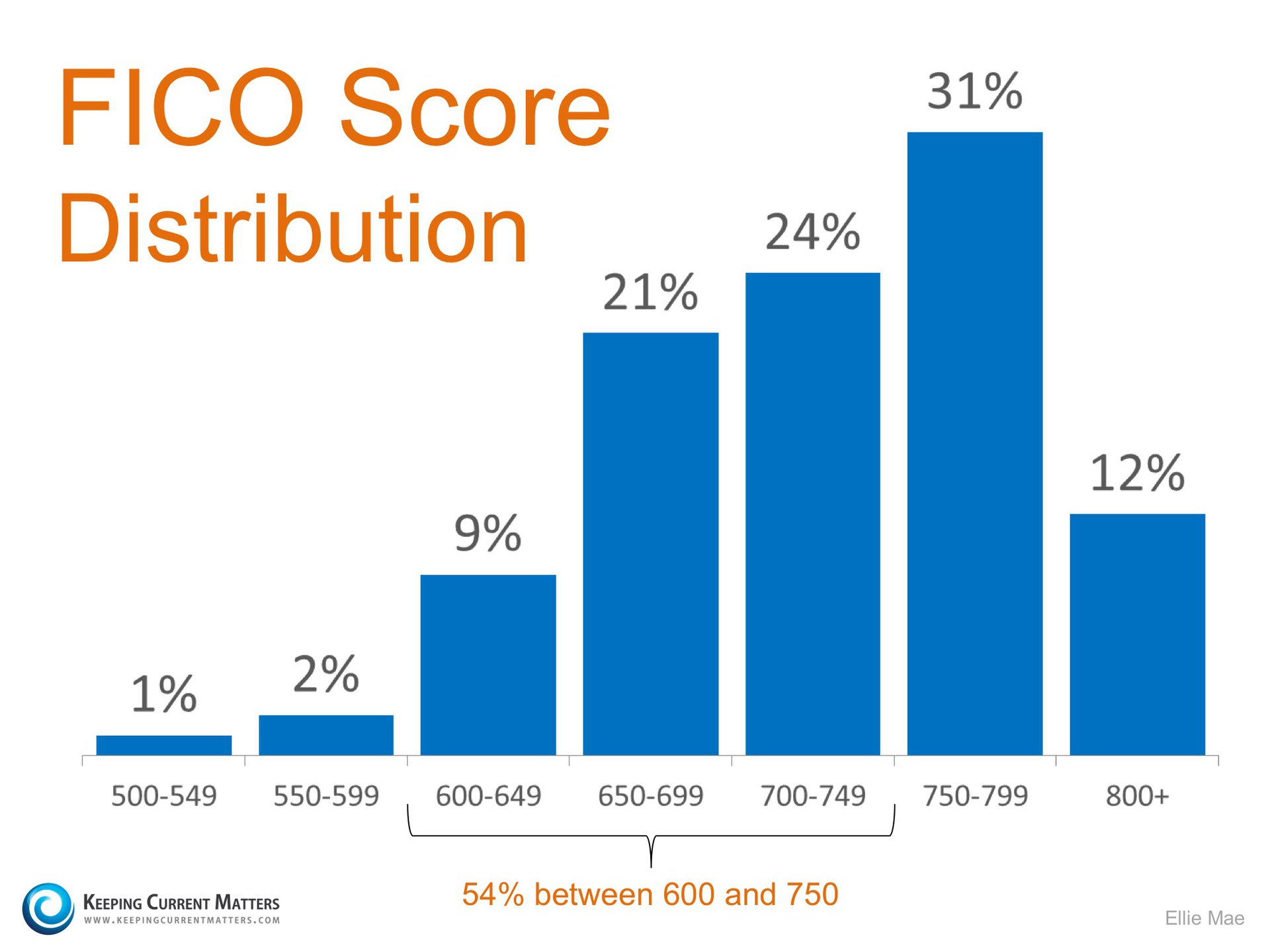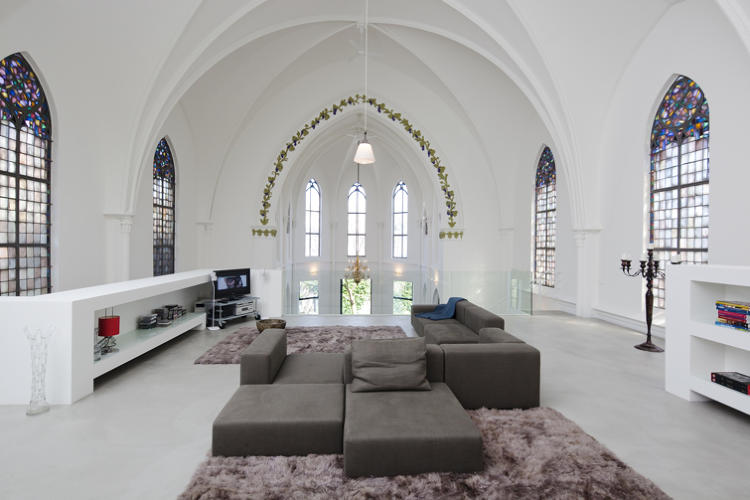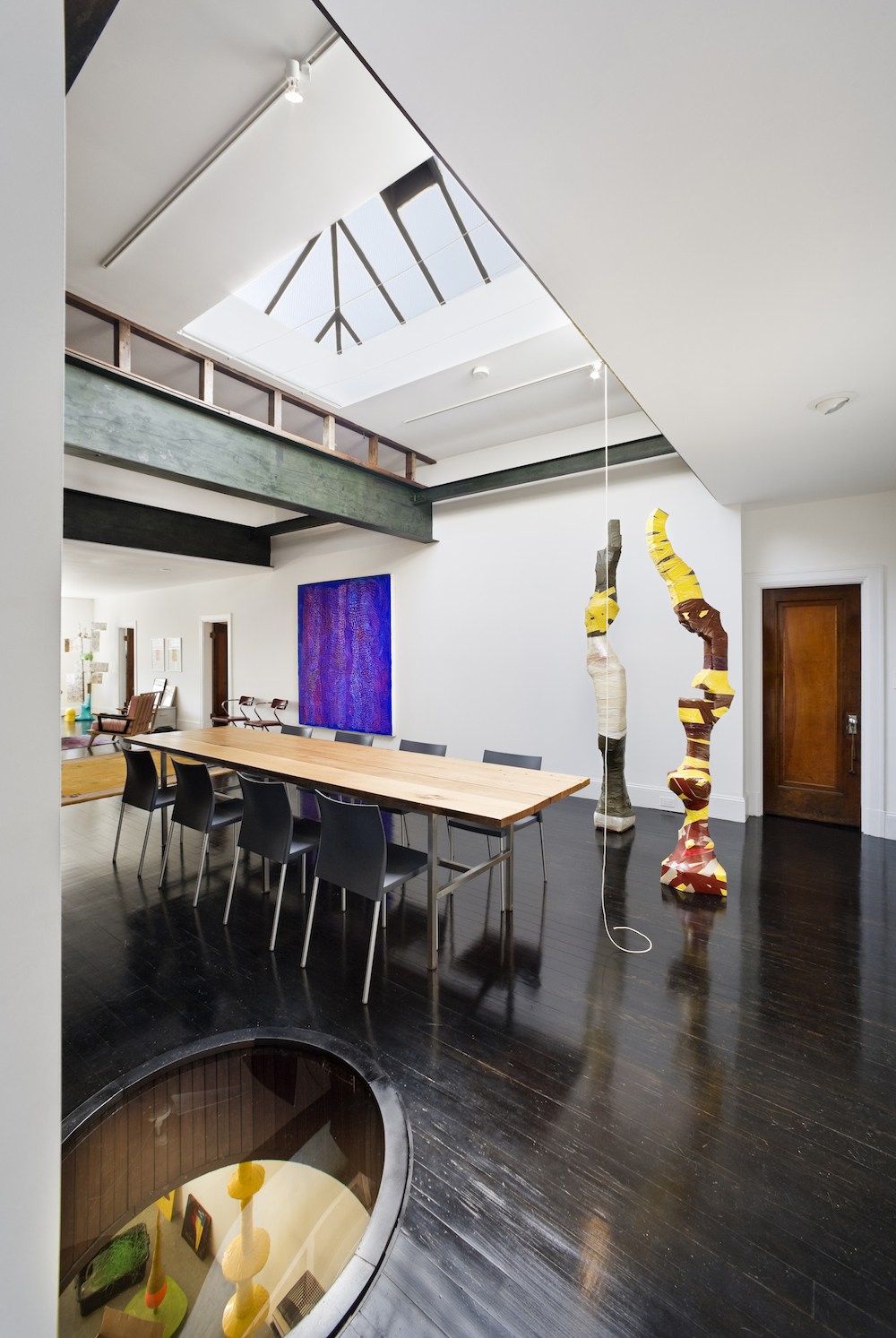
Many homebuyers prefer to buy a newly built home over a pre-existing home. This is because newly built homes are typically built using more eco-friendly materials and energy-efficient systems, and are equipped with more up-to-date features. It’s perfectly reasonable to want a newly built home for these reasons; just be sure to use these seven tips to avoid making costly mistakes:
1. Avoid developments that haven’t been completed Many newly built homes are being sold in developments that aren’t finished yet. Buying a newly built home in a half-finished development is a gamble. What happens if the rest of the development is never completed? Then you’ll be stuck in an unfinished community with a house that may be unsellable. You may be able to obtain a better deal by buying a newly built house in a half-finished development, but be aware that you are taking a risk.
2. Don’t assume that your house will look like the model 

If you are thinking about buying a newly built home, then you’ll typically be shown a model instead of the actual house you would be buying. Be aware that the model is decorated in a way to make it look more appealing. Model homes are also presented in a way to make them seem bigger than they are, often by removing the doors to make the house feel more spacious as well as using smaller-sized furniture to make the rooms look bigger.
3. Don’t go overboard with the upgrades You’ll be able to choose different upgrades for your home. One of the benefits of purchasing a newly built house is that it’s often customizable. For example, you may be able to upgrade the kitchen with higher-end appliances. It can be easy to lose sight of your budget when considering the upgrades that are available, so be careful.
4. Get a completion clause in your contract If the contract doesn’t have a completion clause, then you could end up waiting months or even years for the house to be finished — and you would still be contractually obligated to buy the house once it is completed. Have a completion clause inserted into your contract stating when the house will be finished, so that you can make sure it coincides with your schedule and your needs. In addition to having a completion clause, have a refund-of-deposit clause or a cancellation clause added so that you can walk away without losing a cent if the house isn’t completed on time.
5. Check out the neighborhood carefully If you are buying a newly built home, you may be able to choose the lot and location of the house before construction begins. Consider important factors like the views that your house will have. Will the house be built right next to another house, reducing the privacy and eliminating some of your view?
6. Speak with other homeowners If there are other newly built homes in the neighborhood that are already occupied, go speak to the owners. Ask them if they are happy with their home and their neighborhood. Ask about any drawbacks they may have experienced and whether they have any advice for you. They have nothing to gain by not being honest, which means you can get valuable information about the homes and the neighborhood by speaking to current owners.
7. Get a home inspection When it comes to existing homes, waiving a home inspection is practically unheard of. Nobody wants to risk buying a house that could potentially be in need of costly repairs. However, with newly built homes, many buyers make the mistake of thinking a home inspection isn’t necessary. If it’s new, then how could there be anything wrong with it? This line of thinking is a huge mistake and not worth the couple hundred dollars you would save from waiving a home inspection. In fact, you might even want to hire someone to inspect the house as it’s being built. This will allow you to identify poor construction as well as other potential problems that you might have to deal with when the house is completed. There are a lot of benefits to buying a newly built house instead of a pre-existing house. However, there are a number of pitfalls that you’ll want to avoid if you decide that a new house is what you want. Use these tips to make sure you don’t end up making a costly mistake.
Source: Ballen Network 04282016











